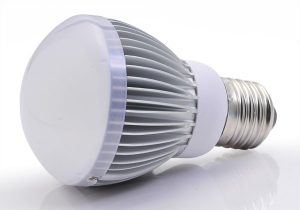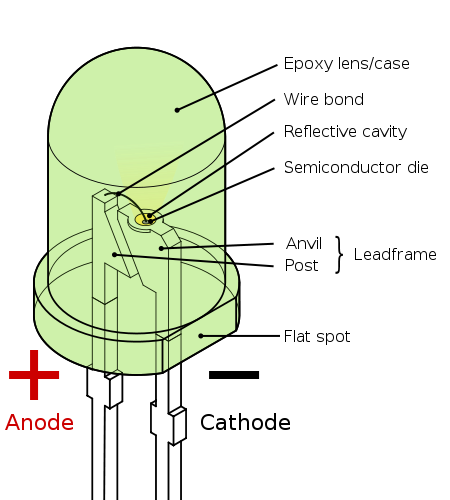The carbon tax is set to be repealed on 1 July 2014 and halogen bulbs have been phased out, but that does not mean we should stop paying attention to the types of lights we use! Embracing energy efficiency is necessary economically, as well as environmentally and should not be driven by our power bills alone.
An easy way you can achieve true sustainability is by installing energy-efficient lighting.
Lighting currently accounts for almost 20% of worldwide electricity consumption, making it one of the single highest power guzzlers on the globe. Conversely, efficient lighting has the ability to be one of your greatest energy savers.

As there are so many lighting options available, it’s important to ensure you are not only buying the most efficient products possible, but also ones that don’t compromise on light quality. Lighting your home in style may require spending a bit of pocket money in a designer lighting store.
Compact Fluorescent Lighting (CFLs)
While CFL bulbs have been considered the only suitable lights for a number of years, their light quality leaves a lot to be desired. Colour Rendering Index (CRI) is a way of measuring how vibrant a light source makes colours appear and is rated out of 100. Tellingly, CFLs only have a CRI of around 50. They’re also only relatively efficient and contain small amounts of mercury, which is harmful to the environment.

LEDs
To make your lighting more energy efficient, you are best served to install LED lights. According to the report Lighting the Clean Revolution by global non-profit organisation the Climate Group, this fledgling technology is changing the way the lighting industry operates.
While LEDs are not entirely new to the market, their first incarnations were so dull that they wouldn’t even illuminate your car’s glove box.
Since then LEDs have since turned the corner and now surpass halogens for brightness while using just a fifth of the electricity. You can now find halogen replacement bulbs that draw the same brightness from just 10 watts, while halogens use 50. This can amount to as much as an 80 per cent reduction in costs on your power bill.
When looking at purchasing LEDs, make sure they meet the following criteria:
- Long life: LEDs last for 70,000 hours, which equates to 30 years. Don’t settle for anything less.
- Lumens vs. watts: LEDs are so efficient that wattage is no longer an indicator of brightness. Instead, make sure you purchase something that matches or betters halogens, which rate at 720 lumens according to the Department of Climate Change and Energy Efficiency.
- CRI (Colour Rendering Index): Make sure your LEDs provide good light quality with a CRI of at least 90.
- Warranty: Top range LEDs should be backed up by a warranty of at least three years.
- Fast payback: Lights with a high efficacy will pay for themselves quickly by saving you money on electricity bills. You should receive a payback in under a year.